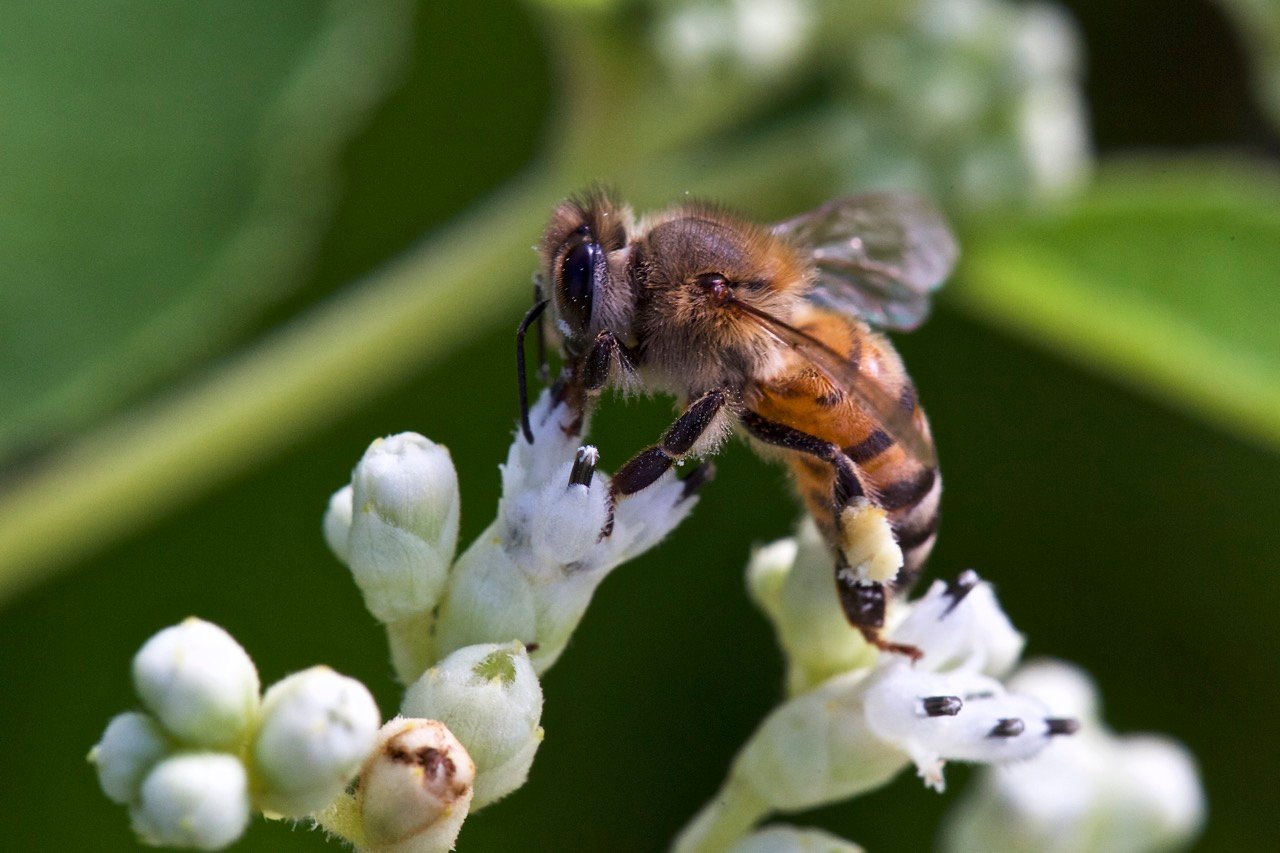We often see these lizards in the garden but usually they don't let themselves being photographed that easily. It's some kind of Whiptail lizard but I could not identify it. It looks much like the Rainbow Whiptail Lizard (Cnemidophorus lemniscatus). Which is a parthenogenetic species. That means they can reproduce without fertilisation. So the female actually makes a clone of herself.
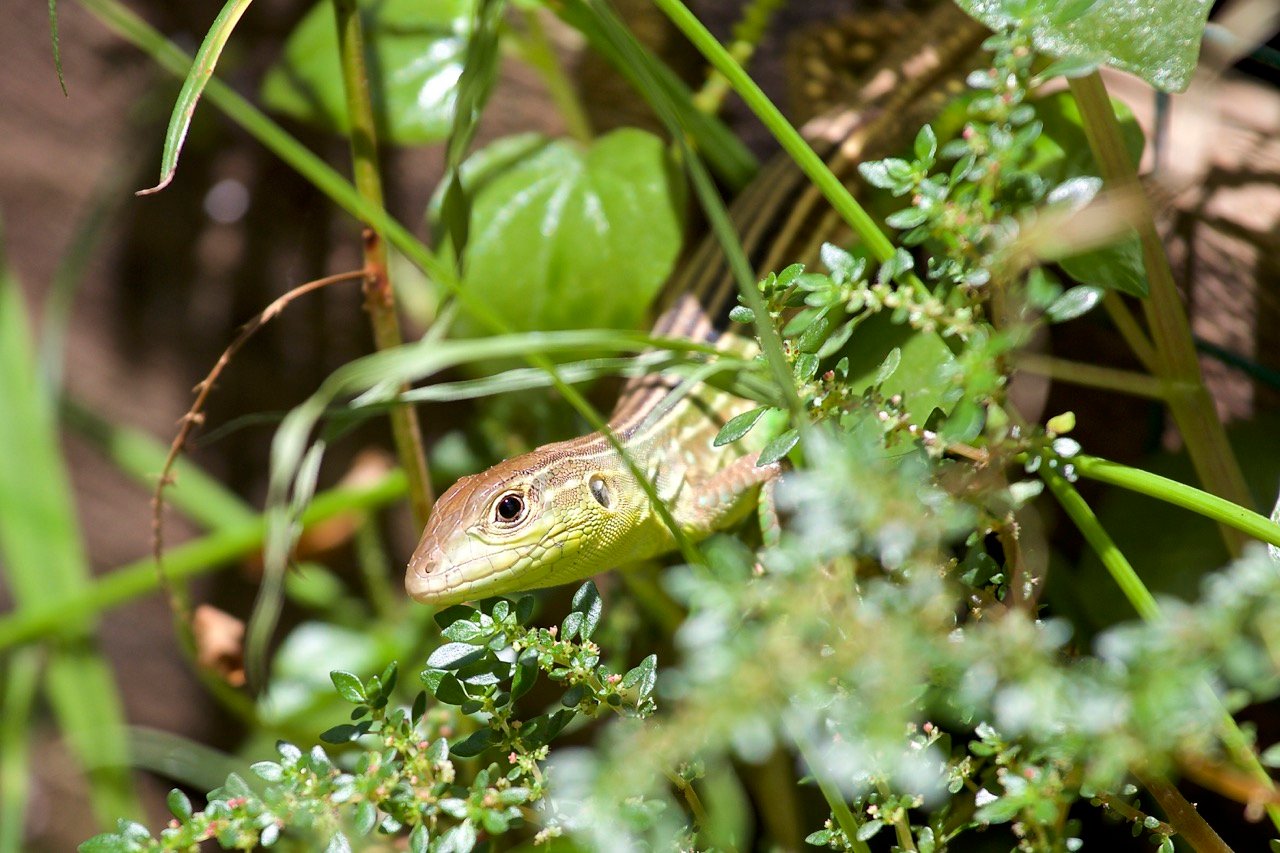
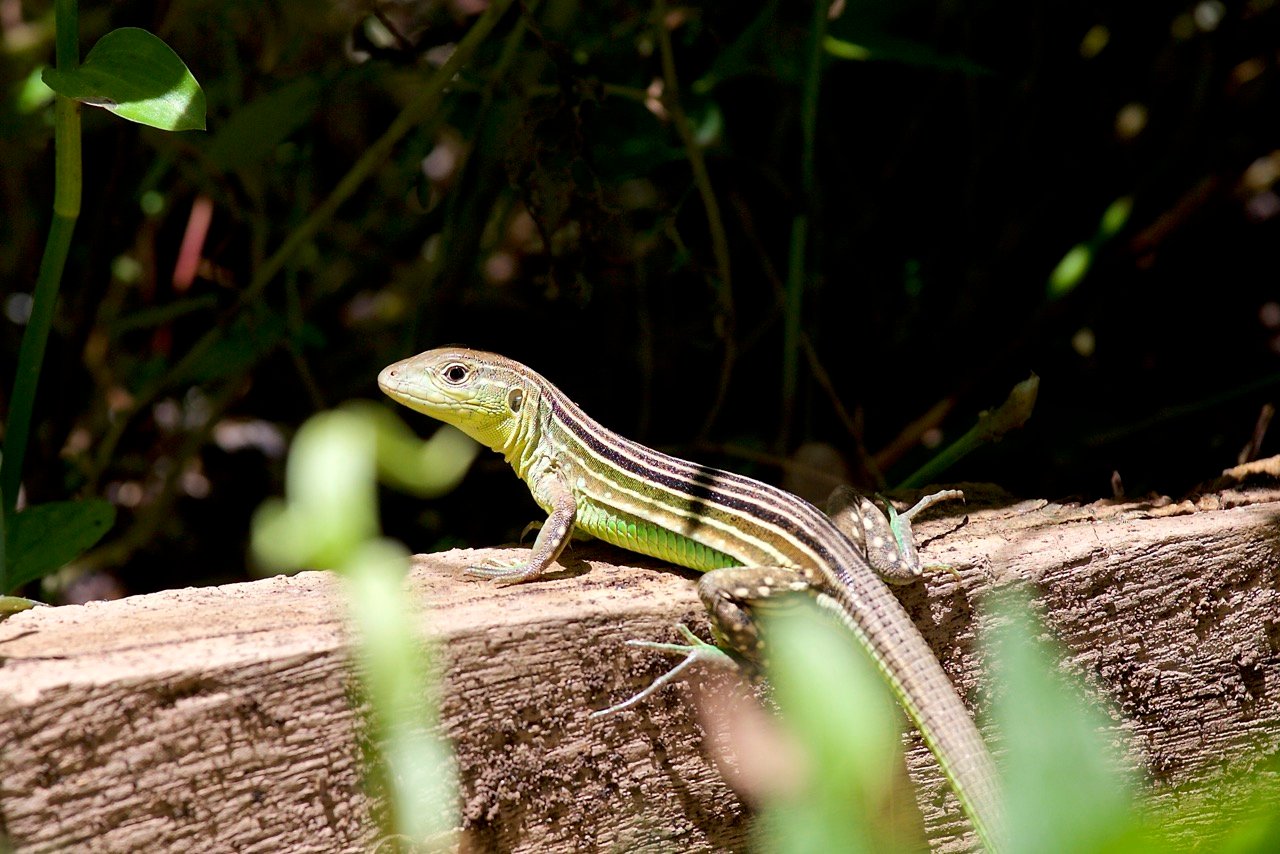
This is a close-up to show it's skin with all the different scales. I like the colourful pearls on it's back.
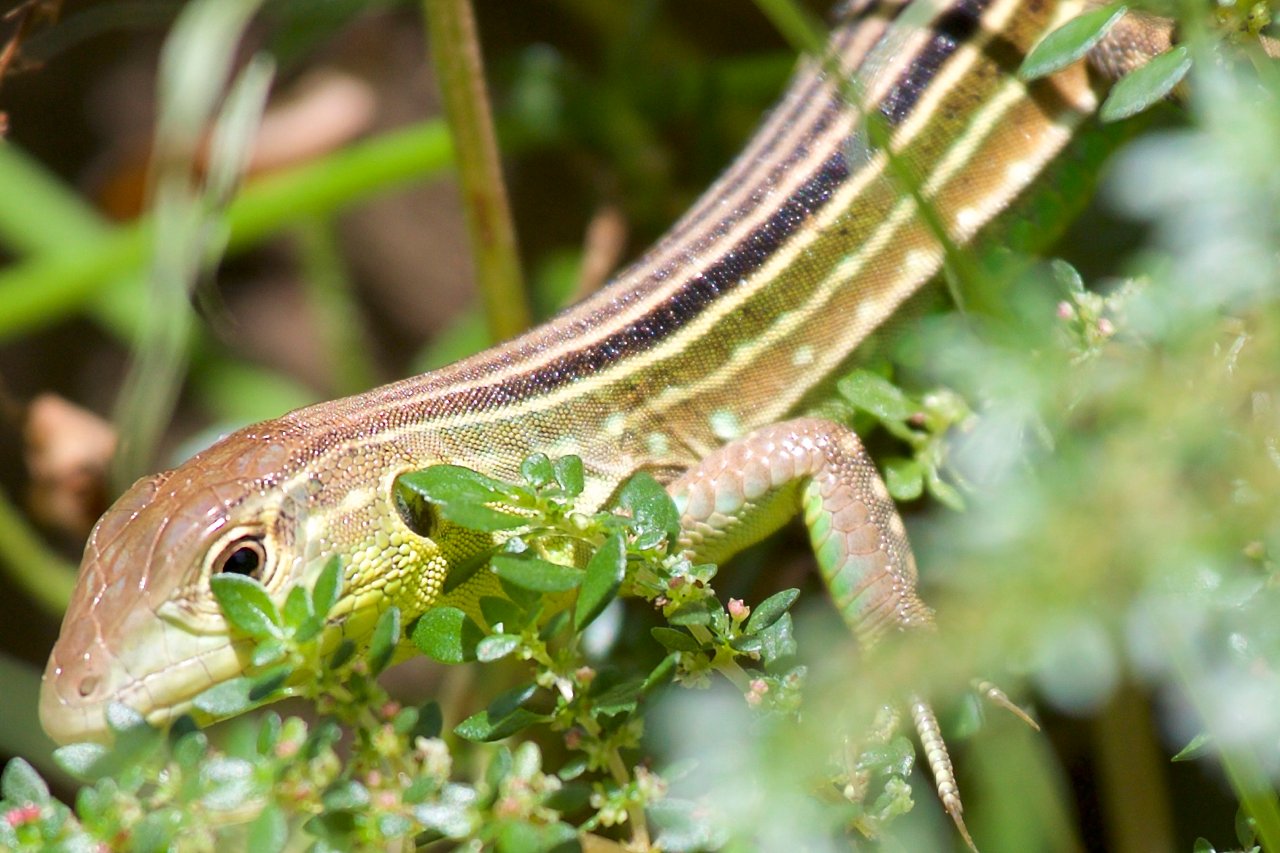
The next picture is a Heliconia growing in our garden. I was hoping to photograph a hummingbird feeding on it. So I set up the tripod. Looked at the composition. And waited. And waited. It's a bit like fishing. You know they are around but will they bite?
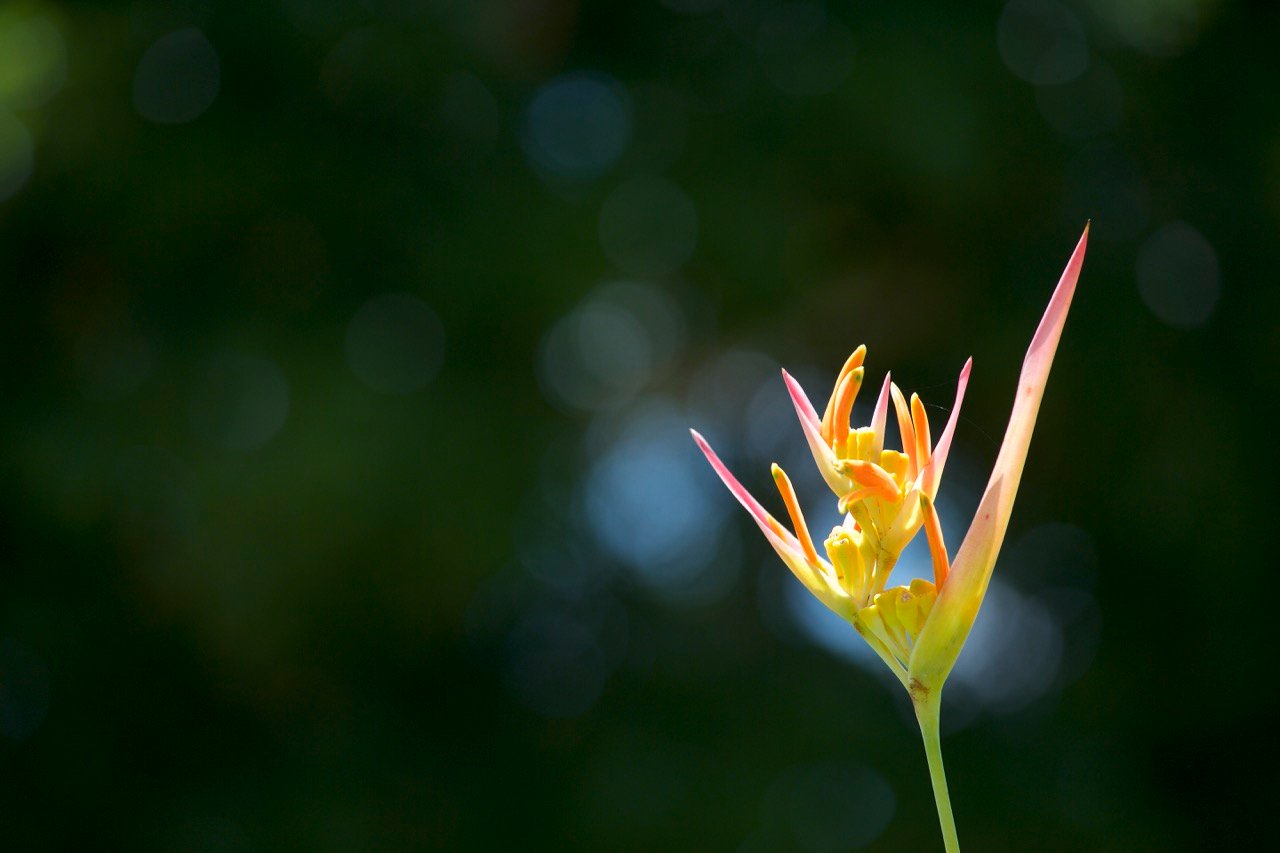
They didn't. But I still managed to take these.
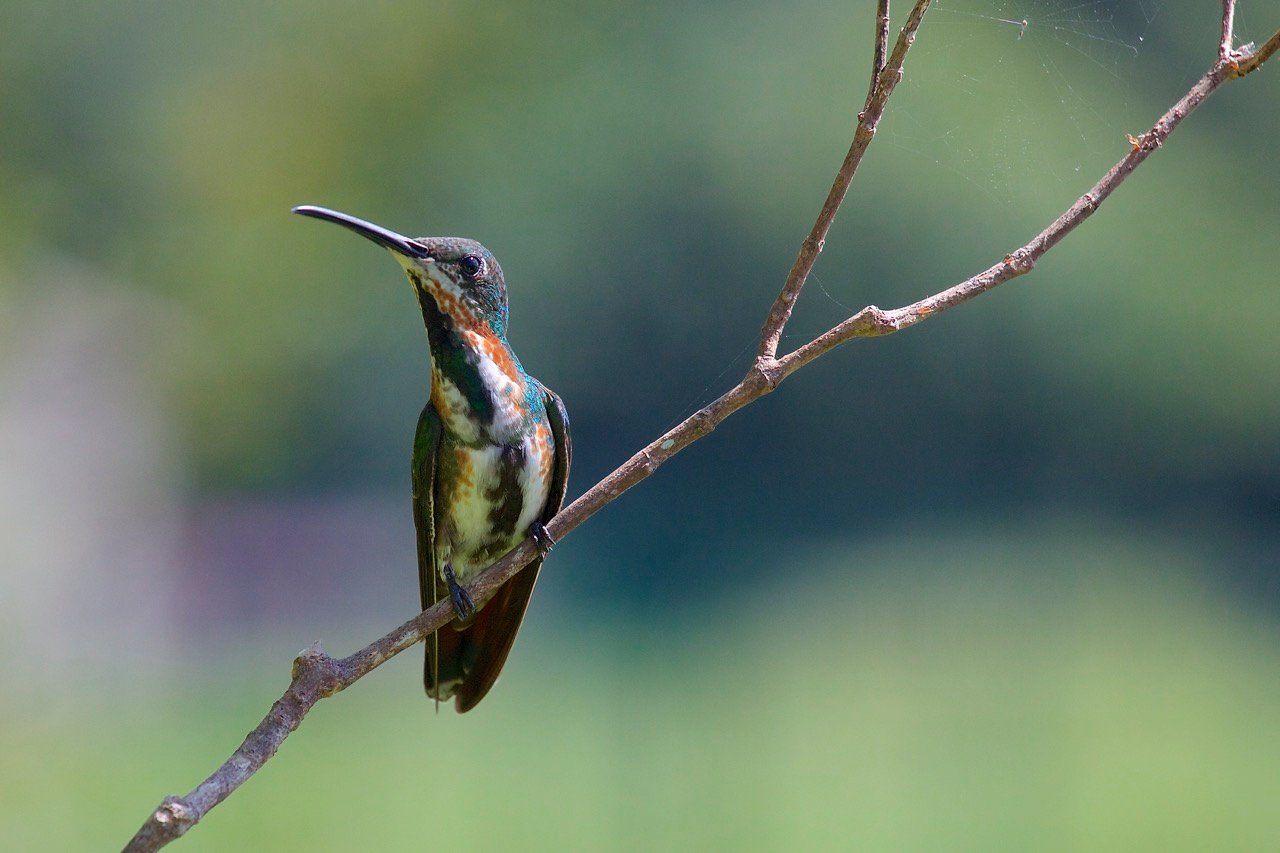
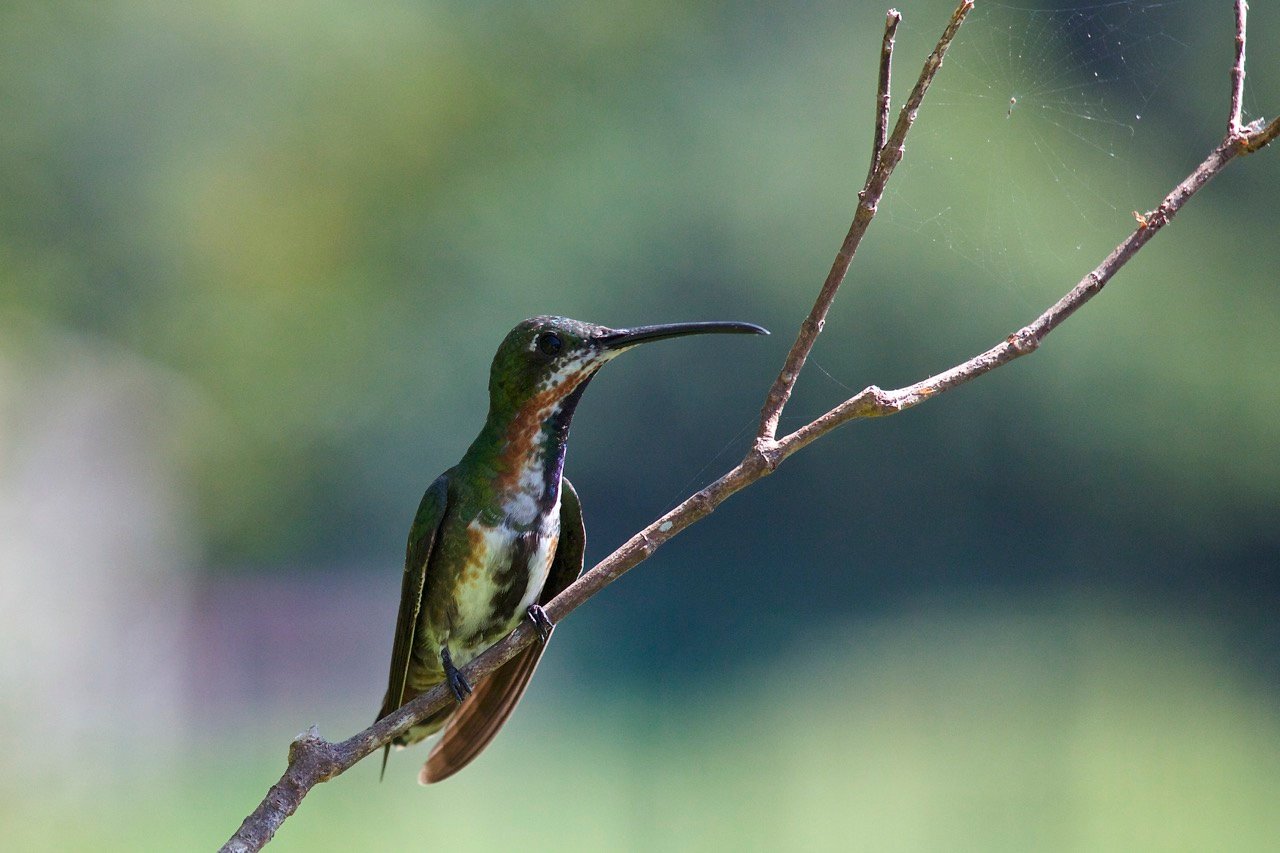
This could be a Yellow-lined Abracris (Abracris flovolineata). It's also known as a false Locust. But it doesn't swarm and is no threat to crops.
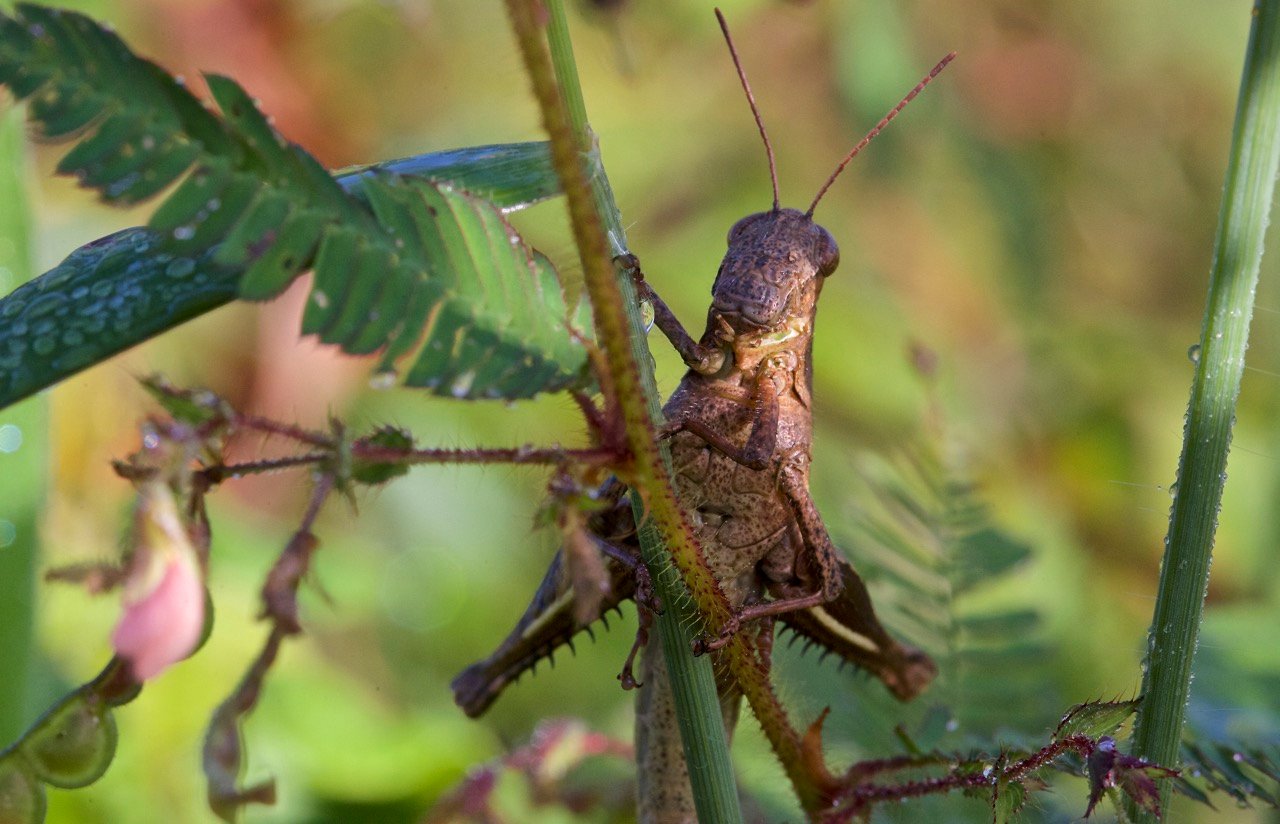
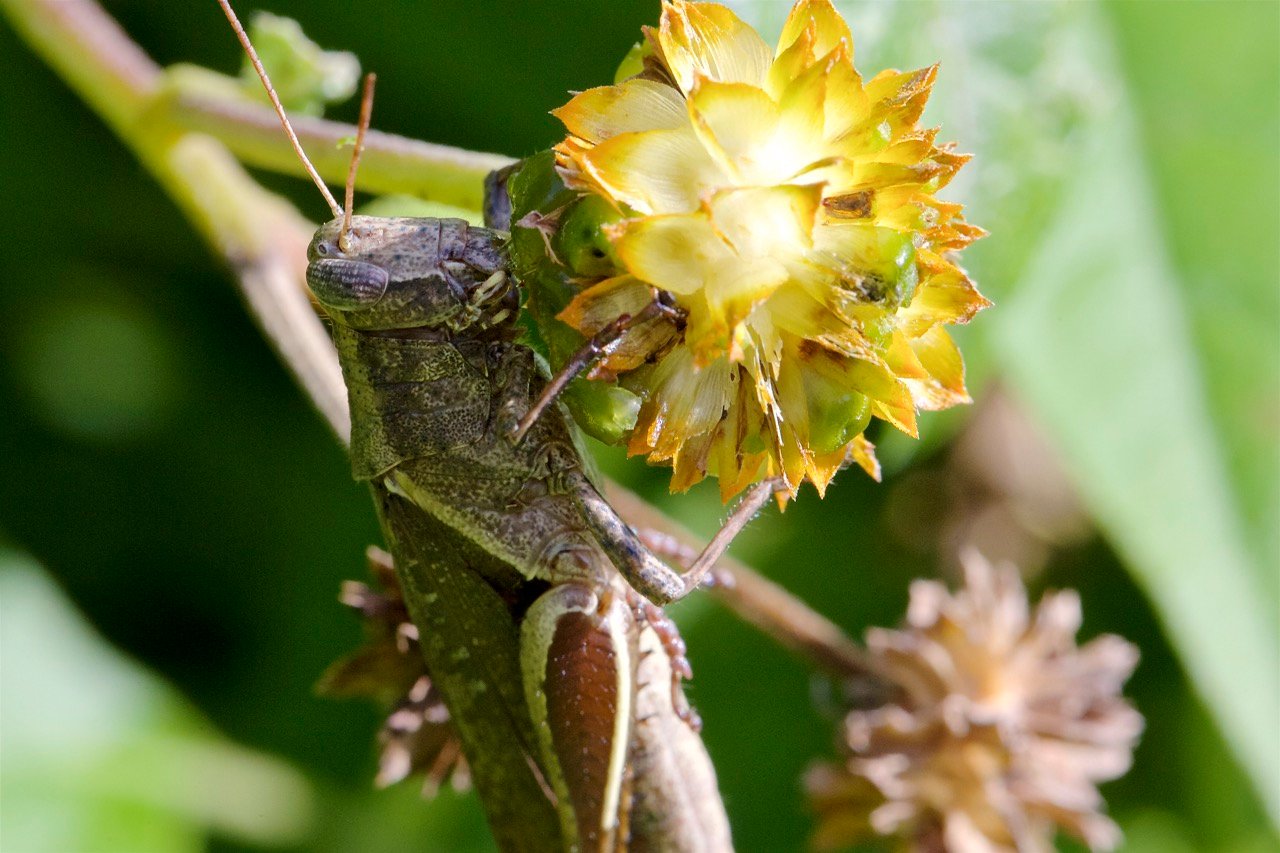
I always find it hard to get close to dragonflies but these two literally landed in front of my feet.

This could be a Spine-tufted skimmer (Orthetrum chrysis).
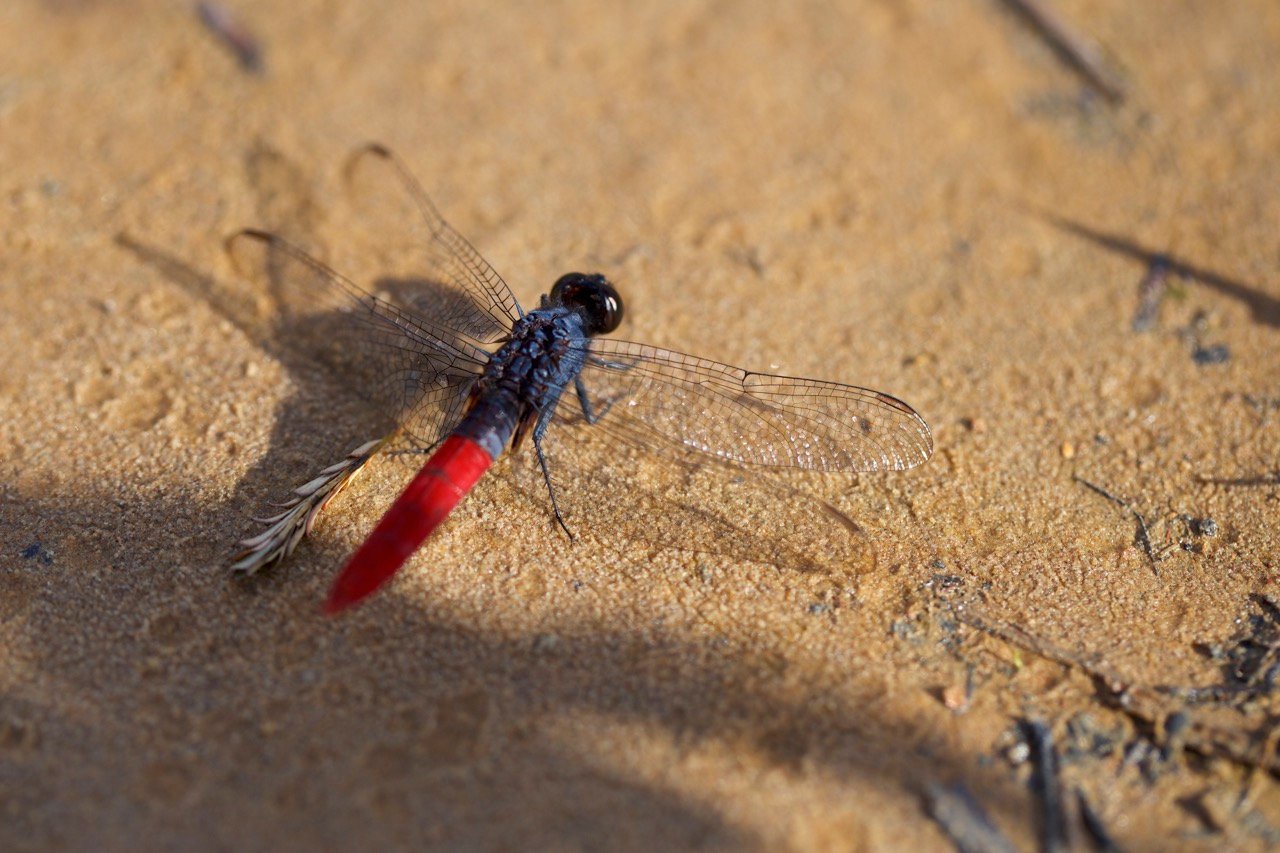
Last but not least; the common ground dove (Columbina passerina). As the name suggests, a lot of the time they are foraging on the ground. If not than they are often sitting on our fence. Does their name passerina refer to being passionate? And being a ballerina? It could very well be.
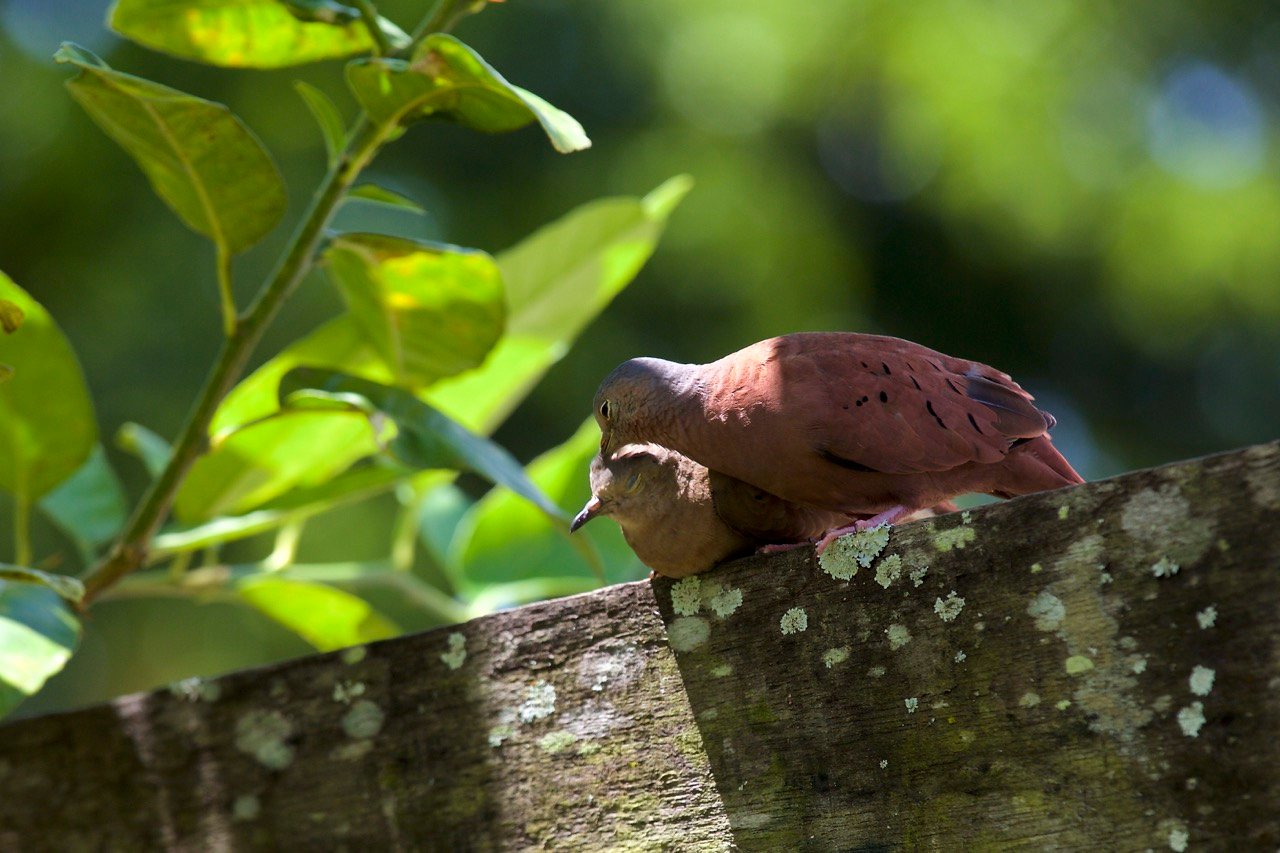
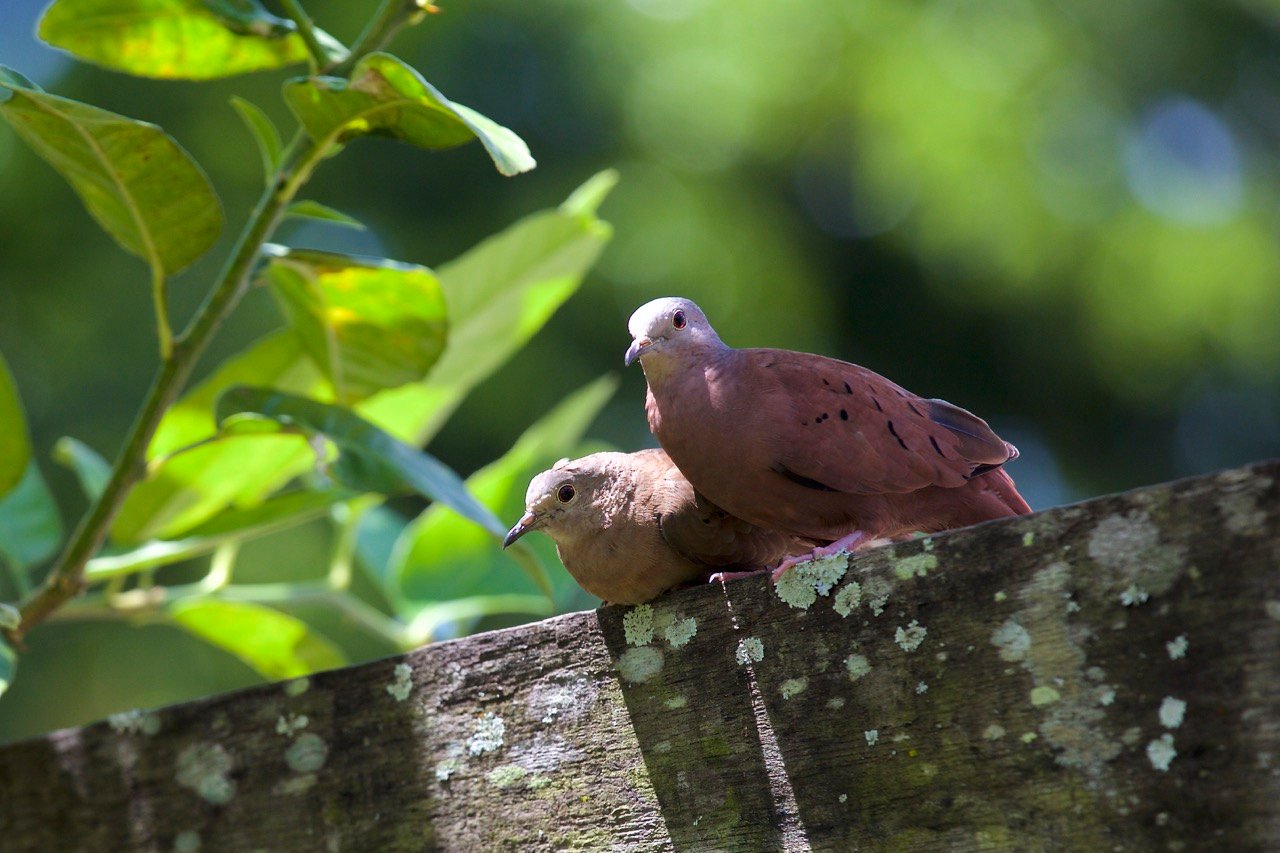
Thanks and much love,
Gardenbsquared

@eco-alex/ecotrain-post-highlights-5th-july-12th-august-2017-more-amazing-content-every-week
